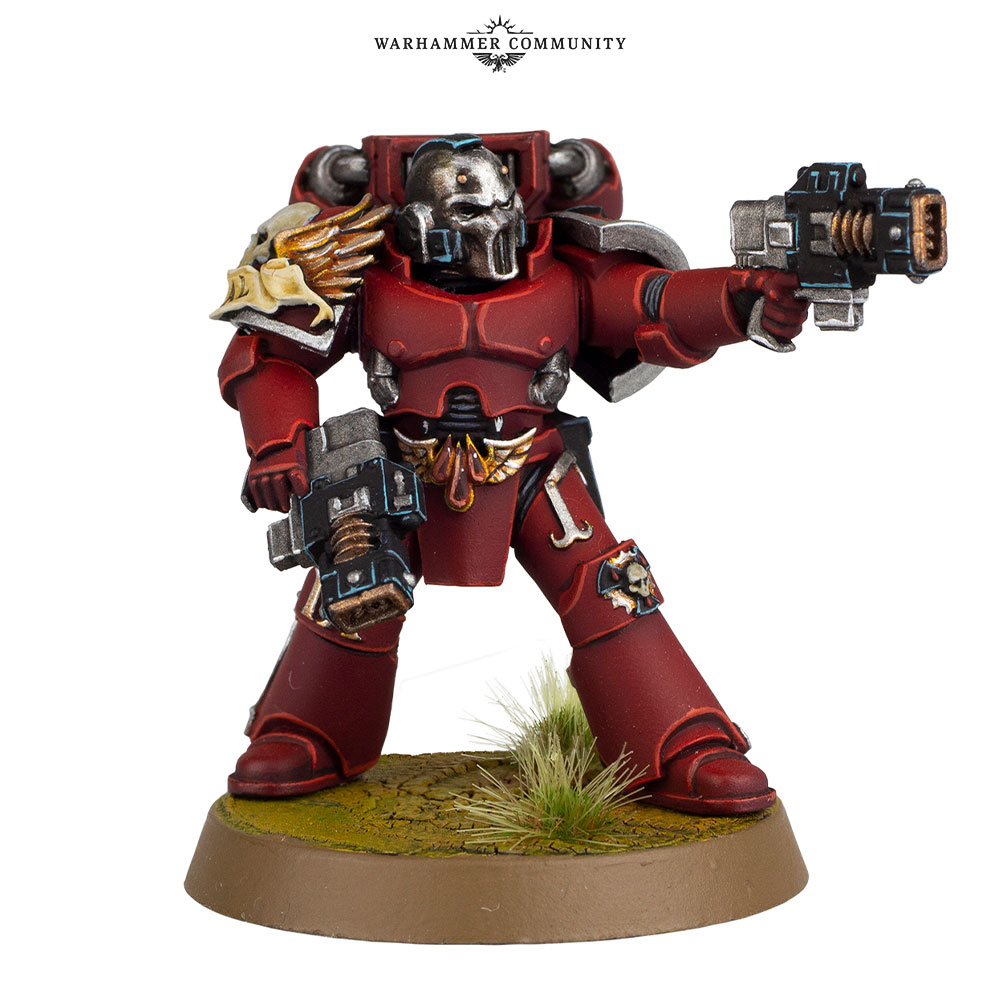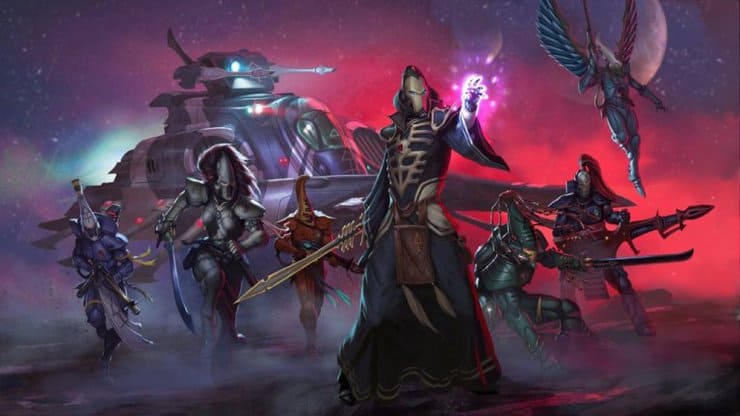

This came to a head at Incaladion in 842-843.M30, where the mighty 8th Expeditionary Fleet was almost annihilated. In doing this, they suffered enormous casualties on a shockingly frequent basis. However, if a battle turned ill – either by poor luck or unexpected concentrations of the foe – the IV would not relent unless specifically ordered by the highest authority available they would refuse to fail. The IV had a very strategic and analytical approach to warfare – viewing it much as a science – with their massed assaults calculated to perfection in terms of timing and where bombardments would occur. This dedication to following orders was double-edged. Whether it was deploying to the most noxious of death-worlds to root out unbearably savage native xenos, or garrisoning backwater worlds which happened to be on vital warp-routes, the IV bore the burden without complaint. They would follow orders, and not balk at any request, however thankless (in sharp contrast to, say, the V or XX Legions). However, one thing stands above all else – the IV were reliable. Unfortunately, this drew some disparaging views of the IV – whispers that they were a “workhorse” Legion, or “unimaginative”, suited more for attritional warfare than anything more glorious. This was a style of war which was prevalent in the Unification Wars, and the new Legion brought it to the stars.

What this meant was that, regardless of the part of the Legion which engaged in a battlezone, their tactics and approach to battle remained unchanged: “the Legion was wont to overcome any obstacles or difficulties they faced with relentless and meticulously applied force of arms alone.” Before long, the IV were a large fighting force split across several Expeditionary Fleets during the early Crusade the largest of which was the 8th fleet, which won a stunning string of victories and Compliances.Īs the fleets pushed outwards, observers noted that the IV lost their Terran culture, but retained the rigid organisation and doctrine of their formations – even allowing for the scattered nature of the Legion among several fleets. The IV continued to grow in size, benefitting from the temporary misfortune of other Legions in receiving additional recruits, such as the III, who had problems with their gene seed and were unable to process their initiates for a time. In these final clashes of Unification in Terra and the Solar System, the IV acquitted themselves well, earning battle honours in the Cydo-Tyre Orbital and Ice Station Echo, with particular praise awarded on the new Legion after the punishing Venusian campaign against the War Witches. This gene stock proved to mesh well with the ascension process for new Astartes, meaning the Legion swelled their ranks rapidly, and ended up in early active service alongside the Dark Angels and White Scars in battles on Terra. They took much of their early intake from the gun-tribes and Tek-enclaves of Sek-Amrak. The Iron Warriors were founded, as with the other Legions, on Terra at the end of the Unification Wars.

When the Heresy came, it sadly did not take much to send the bitter IV to the side of treachery. However, Perturabo always stood apart from his brothers and, along with his Legion, held a long simmering grudge for their perceived treatment during the Crusade as “ expendable”.


 0 kommentar(er)
0 kommentar(er)
